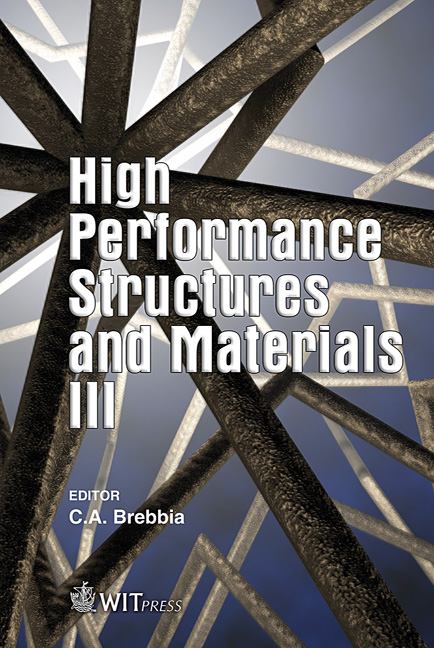A Contribution To The Rehabilitation Of Reinforced Concrete Structures By Non-destructive Electrochemical Methods
Price
Free (open access)
Transaction
Volume
85
Pages
9
Published
2006
Size
483 kb
Paper DOI
10.2495/HPSM060551
Copyright
WIT Press
Author(s)
J. L. Rovira Santa Olaya & P. Pardo Tràfach
Abstract
The aim of this work has been the study of an electrochemical treatment that allows the prevention and halting of chloride corrosion processes in passive reinforced concrete. This treatment is based on a desalination system that removes free chloride in concrete simultaneously increasing the pH around reinforcement steel until its repassivation. With this purpose a concrete has been manufactured with mixing proportions close to that used in civil engineering. The chloride attack has been carried out at room temperature, and the chloride removal process has been started at several concrete ages. Chloride ions have been determined before and after the attack, as well as the corrosion potential, in order to establish comparison between the grade of corrosion of the reinforcement steel before and after treatment, according to exposition time and initial corrosion situation. Relationships between electrochemical parameters have been determined. The studied procedure is a non-destructive and non-intrusive method that does not change either the strength of the concrete or its external appearance. The procedure uses non-pollutant materials, so no environmental damage is caused. Keywords: electrochemical chloride extraction, steel-reinforced concrete, repassivation. 1 Introduction Corrosion in steel reinforcement caused by exposition to chlorides is the main cause of deterioration in steel-reinforced concrete structures. Electrochemichal
Keywords
electrochemical chloride extraction, steel-reinforced concrete, repassivation.





